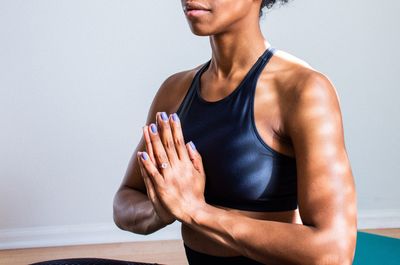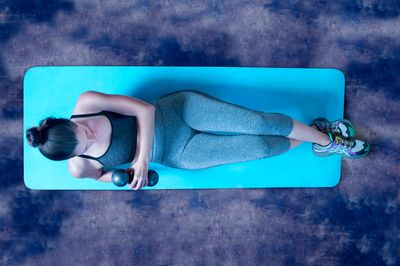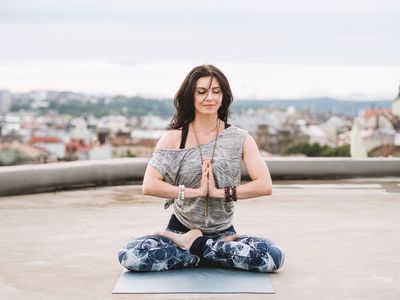by Jennifer Unterreiner, DPT, OCS, CLT
At some point after completing treatment for cancer, your oncologist probably said, “You should incorporate some type of exercise into your life now that you are post-treatment.” And if you are like many patients in the same position, the idea of trying to re-establish that part of life can be daunting. After months of chemotherapy, radiation, surgeries, immunotherapy or hormone blocking treatment, and epic levels of fatigue, exercise is usually the last thing on your mind. While a high percentage of people were active prior to diagnosis, that usually decreases to a small percentage during active treatment and an even smaller percentage beyond 1 year after treatment completion.
In reality, exercise is the final step that can allow you to really put the last year (plus) of treatment, and ultimately cancer, firmly in the rearview mirror.
Research in recent years by Cormie et al, Meyerhardt et al, and Ballard-Barbash et al, has shown significant risk reduction in cancer recurrence, as well as reduction in side effects and associated chronic conditions associated with your oncology treatments when exercise is performed. By exercising 30 minutes a day, you can decrease your recurrence risk by up to 35%.
The good news is that 30 minutes a day can be broken down in a lot of different ways. You can do two 15-minute walks a day, you can take your dog on a 30 minute trail hike, go for a bike ride with your family, take a kickboxing class, go to yoga or spend 30 minutes dancing to your favorite songs in the kitchen. It all counts!
Optimally, and according to the CDC and American College of Sports Medicine, patients who have undergone treatment for cancer should vary their exercise to include aerobic conditioning, strength training, balance practice and gentle stretching. In practice, that can be as simple as alternating aerobic or cardio one day, with strength training the next and balance and flexibility the third. By alternating days and focus, we are able to address the different areas that have been affected by treatment, including decreased energy, endurance and strength, and neuropathy, without continuously taxing one system to make us feel worse the next day. Here is a table that helps to illustrate how to break down the different components for frequency and intensity.

Ultimately, the most important thing to remember is to find something active that you enjoy. Start there with small, manageable chunks of time and gradually increase as you get stronger – and you will! It may feel like a slow process, but if you just remind yourself that you have already accomplished the hardest part, exercise can start to feel more like fun and less like work. It’s important to talk to your doctor before starting an exercise program to ensure it’s safe for you to do so. And if you feel like you need more guidance, physical therapy can help you find a starting point and build a well-rounded program for you to work towards your goals, whatever they may be.




